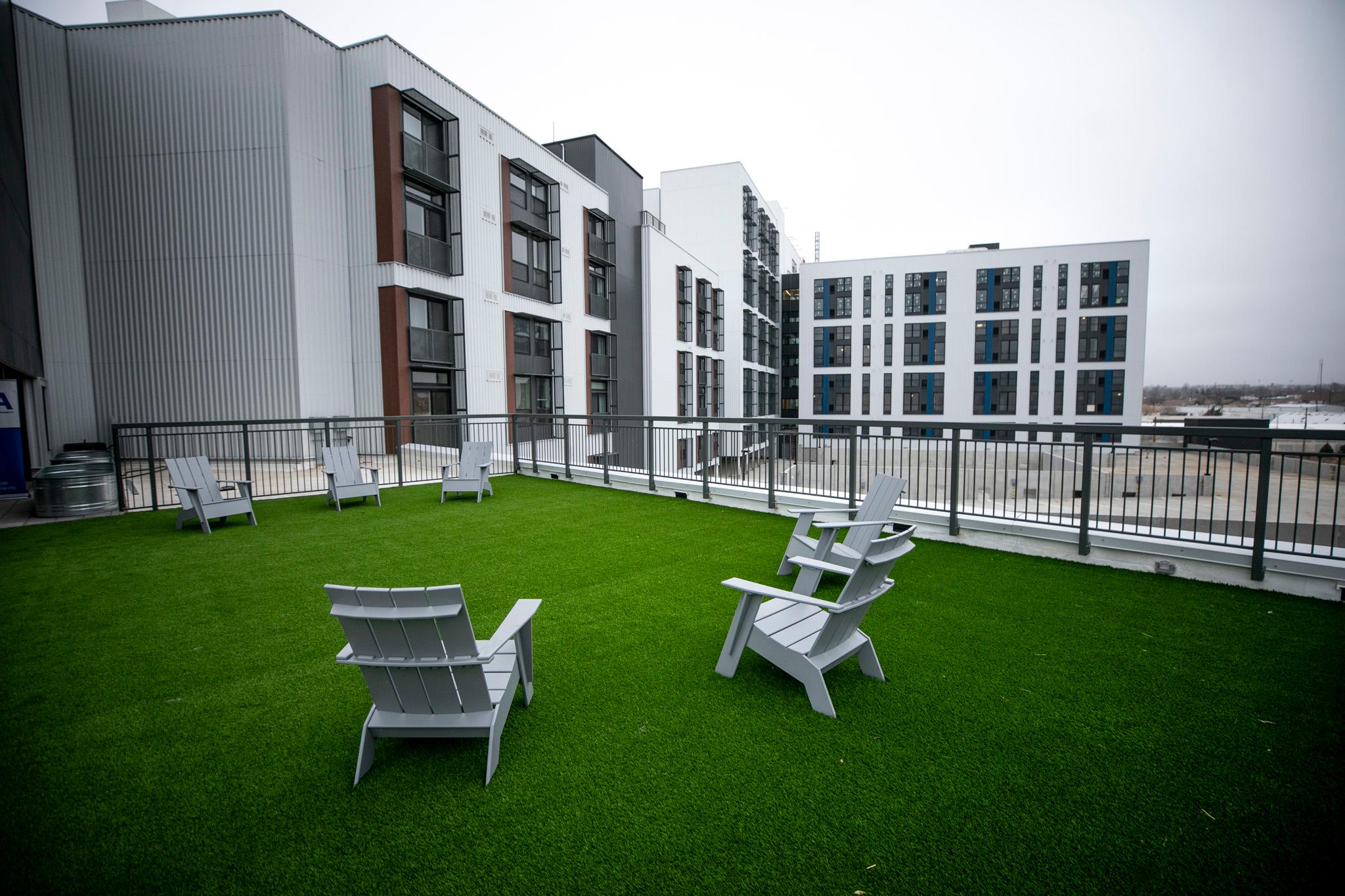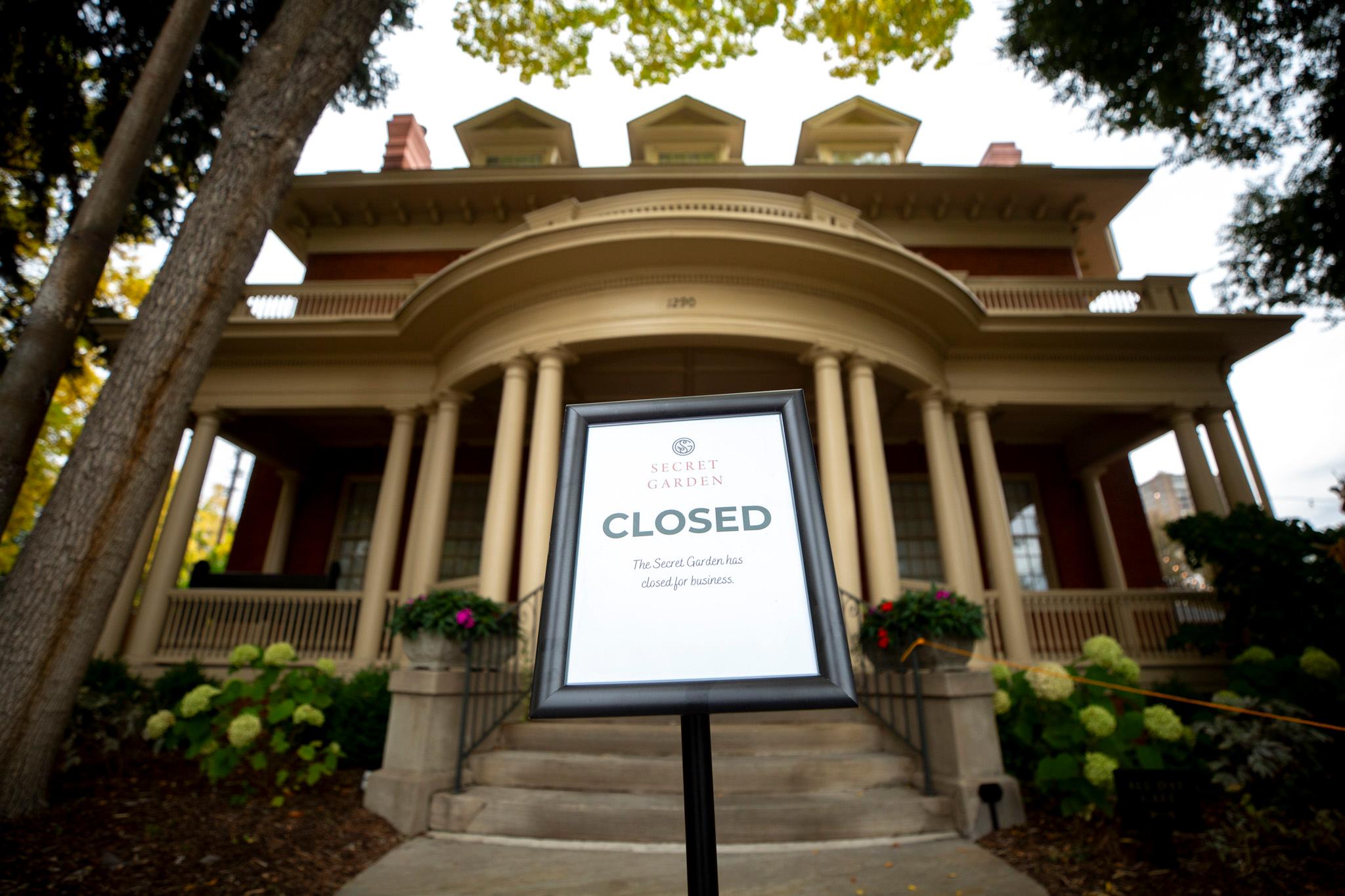Now may be the time for Denver’s apartment residents to ask for a break on rent.
After years of landlords having the upper hand, the Denver metro has become a renter’s market, according to the Apartment Association of Metro Denver, a landlord advocacy group.
The price of rent is dropping, according to the organization’s first quarter rent and vacancy report. Denver County’s median rent is down 5 percent and metro-wide rent is down 3.6 percent compared to this time last year.
Many landlords are offering more amenities and lower fees to keep units full. Tenants are better positioned to negotiate lower rents or move to a more affordable place with more rooms and better appliances.
The Denver metro’s median rent for two-bedroom apartments is $1,659 — lower than any time since 2023, when they were a dollar cheaper.
The Denver metro has a relatively high vacancy rate.
The metro vacancy rate – the percentage of empty apartments on the market — is higher than at any time in the past 15 years: 7 percent.
There are a total of 440,521 rentable units on the market. Nearly 31,000 apartments were unoccupied on a given day. Most often, vacant units are waiting for their next tenant.
The higher the vacancy rate, the better the deal for renters.
“What happens when vacancy gets over 6 percent is that apartment communities become much less aggressive when it comes to raising rent,” explained Cary Bruteig of Apartment Insights, a group that tracks data about the rental market. “Apartment communities are reacting by lowering rents.”
But some landlords are still trying to raise rents, according to multiple renters Denverite has interviewed. In those cases, many tenants are shopping elsewhere or negotiating better deals.
Landlords have to decide whether it’s better to charge less or lose tenants when vacancy is already high. Some say the cost of keeping up with repairs and upkeep is rising, even as their income is falling.
Why the high vacancy rate?
As construction boomed, the metro saw more than 6,000 new units come on the market in the first quarter of 2025 and nearly 21,000 in the previous 12 months. The metro covers Adams, Arapahoe, Boulder, Broomfield, Denver, Douglas and Jefferson counties.
The Apartment Association predicts rents will keep dropping in the region as construction continues.
How significantly rents drop will also depend on how the population changes, with residents arriving and leaving, and how many jobs are available in the area.
Some renters told Denverite they are doubling up with family members across generations, taking on new roommates or living in tighter quarters than they would prefer. As rents come down, these households could start to seek out rentals of their own.
How does Denver stack up to the suburbs?
The vacancy rate in Denver is the highest in the metro at 7.7 percent.
The suburbs have more competitive markets. Douglas and Jefferson counties have the lowest vacancy rates, just under 6 percent.
Median rent in the city of Denver for a two-bedroom apartment is $1,653, while two-bedroom prices are lowest in Adams County at $1,525.
Apartments built before the 1970s are averaging $1,586, while newer units with more amenities are averaging $2,340 a month in the metro.
Downtown Denver has seen a glut of new construction, and that’s contributing to higher vacancy rates in the city center. Some renters also told us they were considering moving to the outskirts of the city in pursuit of cheaper rent, or to avoid construction projects.
Construction of bus rapid transit and other large-scale projects in Capitol Hill have driven down rents further, said Darren Everett, the managing principal of the investment company. Two Arrows Group.
The drop in prices is causing people to move within Capitol Hill. Renters in studio apartments in older buildings without washers and dryers are moving from those apartments into newer buildings for the same price but with more appliances.











